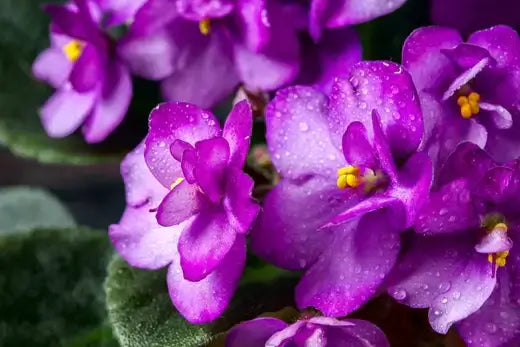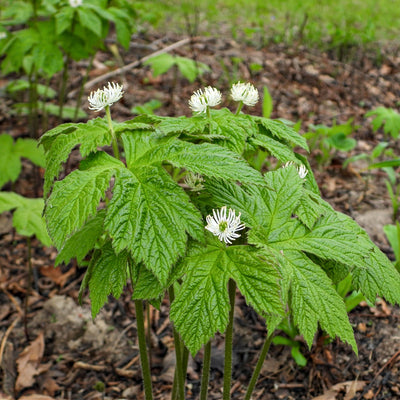Indoor plants, just like their outdoor counterparts, rely on pollination for reproduction
While pollination outdoors is often facilitated by wind or insects, indoor plants face unique challenges as they are typically confined to indoor environments. However, various mechanisms ensure successful pollination for indoor plants, including natural methods and human intervention. One of the primary methods of indoor plant pollination is self-pollination.
Self-pollinating plants possess male and female reproductive structures within the same flower, allowing them to fertilize themselves. To avoid self-fertilization, these plants have evolved mechanisms to ensure efficient self-pollination, such as temporal separation of male and female reproductive organs. Another method of pollination in indoor plants is cross-pollination. Since indoor plants lack the presence of wind and natural pollinators like bees or butterflies, humans often have to intervene to facilitate cross-pollination.
Artificial pollination is a standard method used in indoor environments to ensure successful fertilization of plants
The goal is to mimic the natural transfer of pollen that would typically occur through the action of wind or insects.
In addition to artificial pollination, some indoor plants can be pollinated naturally. Despite the absence of wind and insects, indoor environments can still harbor tiny organisms that aid in pollination. For instance, tiny insects like thrips, mites, or small flies may find their way indoors and inadvertently assist in transferring pollen between flowers.
Although less common, these organisms can contribute to the pollination of indoor plants. Indoor plants can also be pollinated using techniques encouraging them to release and capture their pollen.
One such method is "tapping." By gently tapping the flowers or the surrounding plant structures, indoor gardeners can cause the flowers to release their pollen. This can then be captured using a receptacle or by touching it with a brush or cotton swab, which can then be used to transfer the pollen to the female flowers. Certain indoor plants, such as orchids, have specialized pollination strategies.
Orchids often rely on specific insects, such as bees or moths, for pollination in their natural habitats. To mimic this process indoors, some gardeners utilize artificial techniques like offering attractants, such as pheromones or floral scents, to entice these insects.
Alternatively, manual transfer of pollen can be carried out, replicating the role of the insects in pollination. Environmental factors also influence the success of indoor plant pollination. Providing adequate lighting, temperature, and humidity conditions can improve the overall health of indoor plants and facilitate the production of healthy flowers and pollen.
Proper watering and fertilization practices also contribute to robust plant growth, increasing flower production, and improved pollination.
Overall, indoor plants can be pollinated through natural and artificial methods
While some plants have adapted to self-pollination, others rely on human intervention or the presence of tiny organisms that inadvertently assist in pollination.
By understanding the specific pollination requirements of different indoor plant species and implementing appropriate techniques, gardeners can ensure successful reproduction and their indoor plant collections' continued growth and vitality. -- Tn Nursery https://www.tnnursery.net


